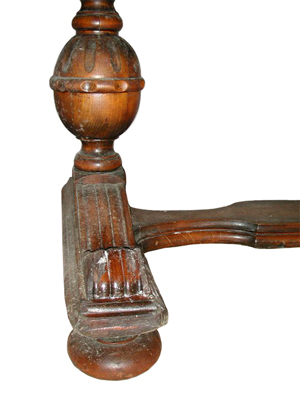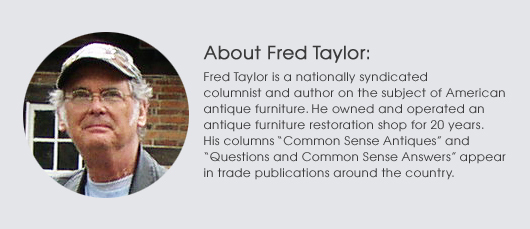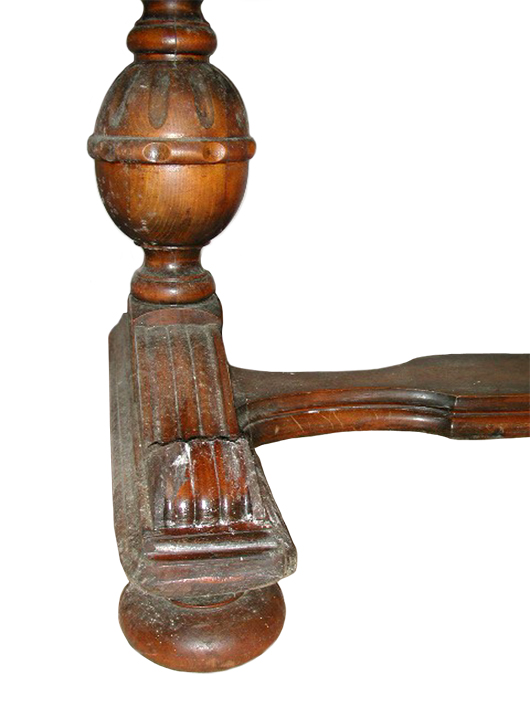
CRYSTAL RIVER, Fla. – Back during my corporate financial career I did a lot of “important” reading on the subject of so-called experts, consuming such volumes as The Peter Principle by Laurence J. Peter. His contention was that in a hierarchy every employee tends to rise to his level of incompetence. Scary thought. Another interesting volume published by Robert Ringer in 1974 was Winning Through Intimidation. Now there was a thought that I could get behind.
But it did not turn out to be what I thought it was. Turns out Ringer’s idea of an intimidating person was a person who actually has the facts in a given situation. I like that idea even better since most people always have an opinion about a situation but very few people actually have the facts. A corollary to “having the facts” was that the “expert from afar” was always more knowledgeable than the local guru. If the speaker on a given subject for an event had been hired from out of town he was presupposed to be better informed than the local lobby. And the further from out of town he was, the more he knew. You can imagine how important I felt when I was contracted to go to California from Florida for a presentation.
The problem was that by the time I got to California I was not one iota smarter than I was when I left Florida. My regional accent may have sounded strange to the Californians but I think it was more their ears than my voice. While the “expert from afar” cache’ may have helped get my audience’s attention at first, it was the command of the facts that ultimately made the meeting a success.
In the identification and evaluation of antique furniture almost everyone needs some help now and then, even the “experts.” No one can know it all. The field is too vast and too interpretive for someone to be the ultimate authority. So how do you rule in or out who you might think can help you?
There seem to be three main areas of interest to anyone seeking the advice of a furniture expert. They are experience, frame of reference and accessibility.
Experience
Experience is a wonderful thing. I have had some great ones but you are looking for specific experiences that relate to your current project. Consider a few qualifiers for experience such as depth, type and quality.
In determining the depth of the experience of a prospective expert, one criterion might be an active participation in the local, regional or national marketplace with exposure to a wide variety of styles, periods and odd variations. Depth also has to take into consideration the length of the experience although a lot of the same stuff is not necessarily a good substitute for a wide variety.
Which brings us to the type of experience. While it would not be typical of someone in that position it would be possible that such an expert might be interested only in what he can buy and sell things for and not especially interested in sharing his knowledge. Or it could be that this widely exposed expert doesn’t really have a broad range of expertise, only the requisite merchant skills to keep the product and identity out there. The experience could also be quite limited in breadth to a specific sub-field such as restoration, which may be just the ticket if that is what you are looking for but be aware of the distinction.
Experience may also be limited to academic experience. Teaching art history for 30 years for example is a laudable career but it is a little short on the dirty- hands aspect of furniture identification and valuation. Things in the field do not always look like the photos in the books and photos from the field may not look like the actual items in the field, never mind the items in the book. A certain amount of hands-on familiarity is sometimes required to interpolate and interpret the photos to assemble a true mind’s-eye picture of the real artifact.
Quality of experience is a key consideration. Ideally you are looking for an expert who is familiar with the area you are interested in. He or she knows the period or knows the style or knows the type of construction or knows the actual maker of the piece. You find that quality of experience in people who have acquired it from long years of being around the business, having an active interest in it but not always having had to make a living at it. Some of the most informed people I have ever met on the subject of antique furniture did not make their daily bread based on their knowledge. They just loved the subject.
Frame of Reference
How can “frame of reference” be of interest to this conversation? A chair either is or is not, right? No, not always. Furniture styles are seldom pure breeds. They are more like pound puppies or mutts, Heinz 57s if you will. What looks like one thing to one expert may look like something else entirely to another with a different perspective. I know one self-appointed “expert” who spent many years in Paris studying art and art history. Everything looks to him like a late French or early Belgian piece because that is his frame of reference, no matter that the chest is actually an American Depression Colonial Revival reproduction. After all, the styles did have their origins in Europe – somewhere – some time. But that doesn’t help the inquirer who wants to know if the piece is an antique or a reproduction.
There is another expert I know who has 30 years of home-style garage refinishing and answers restoration and preservation inquiries from that perspective. Unfortunately, so many things have been learned about old finishes and old wives’ tales about furniture in recent years and so many new products and procedures have hit the market that some of the old-time wisdom is no longer applicable and can even be detrimental. But it still is being put out there by experts who haven’t updated the library in 20 years.
And finally there are the experts to whom there are no true antiques out there anywhere. There are only clever reproductions and cobbles of old pieces. Bah. Humbug. Leave them alone.
Accessibility
Finally there is the question of accessibility. If you find an expert that you think has the right qualifications to help you answer your question, can you really ask it? Is there a way to get to your expert? Will he or she respond? That guy on the RoadShow sure looks like he will have the answer but how do you get to him? What about the dealer at the big show? He surely knows but will he stop talking to his customers long enough to chat with you? And the verbal appraiser at the local charity fundraiser – will you get the straight skinny from him or a flip answer that will get a good crowd reaction? If you can’t ask the question the expert’s knowledge is of no use to you.
All of these areas have to be taken into consideration while searching for and engaging an “expert” to help you with your furniture questions. More importantly they have to be addressed to decide how much weight to attach to their answers if you are lucky enough to get one.
Send comments, questions and pictures to Fred Taylor at P.O. Box 215, Crystal River, FL 34423 or email them to him at info@furnituredetective.com.
Visit Fred’s newly redesigned website at www.furnituredetective.com and check out the new downloadable “Common Sense Antiques” columns in .pdf format. His book How To Be a Furniture Detective is available for $18.95 plus $3 shipping. Send check or money order for $21.95 to Fred Taylor, P.O. Box 215, Crystal River, FL, 34423.
Fred and Gail Taylor’s DVD, Identification of Older & Antique Furniture ($17 + $3 S&H) is also available at the same address. For more information call 800-387-6377, fax 352-563-2916, or info@furnituredetective.com. All items are also available directly from his website.

ADDITIONAL IMAGE OF NOTE



